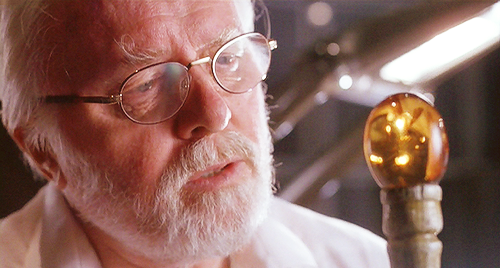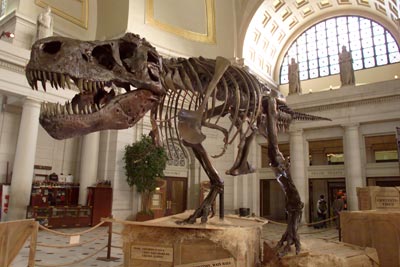Fossils, as we typically think about them, tell us about the death of an animal. The teeth, bones, shells, fragmented pseudopods and other weird and wonderful bits of carcass all only ever reflect one thing: a permanent geological limbo. These types of fossil are known as body fossils. The other major group of fossils, that are generally less common, less researched, less known about, but arguably more important for guiding our understanding of the history of life on Earth, are trace fossils. The study of trace fossils is called ichnology, and the fossils don’t represent death; they represent life, behaviour, activity. They can paint us a picture of a particular event in time, a scene from a play with ghosts of the actors and decayed fragments of script. We’re the audience and the directors, and we have to fill out the act, using the trace fossils draw the concluding freeze frame.

What can we tell about living dinosaurs from these multiple trackways? Source.



